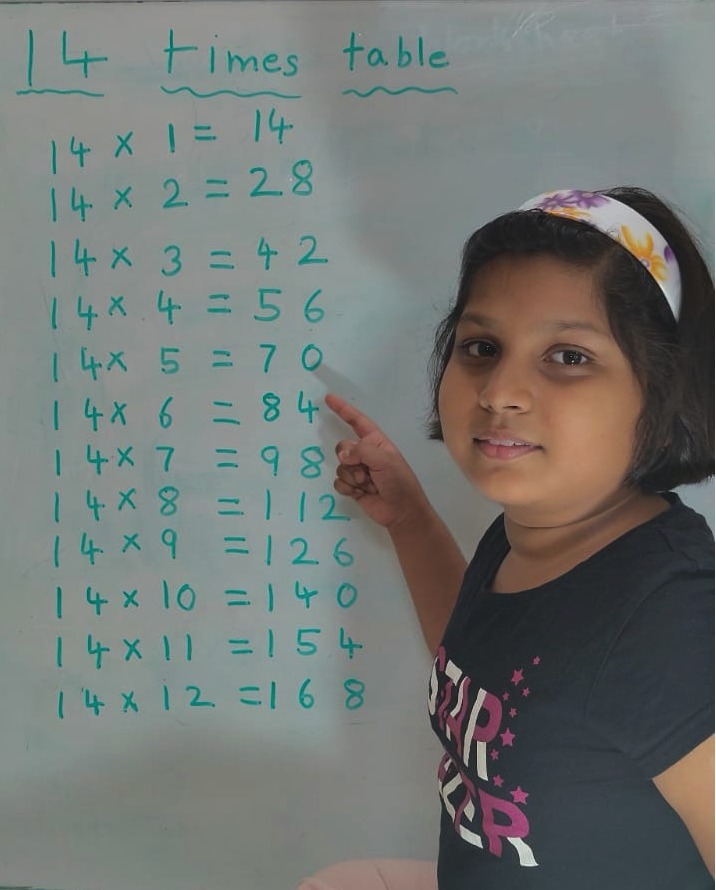Formulae for Compound Interest
We have learnt about compound interest in previous topics of this chapter. Under this topic, we’ll be dealing from formulae that are useful in calculating compound interest in different cases. Following are the cases and formulae used in them to calculate the amount payable at the principal sum.
If ‘P’ is the principal sum, i.e., amount taken as loan.
‘R’ is the rate percent which the bank/ lender is charging at the principal amount.
‘T’ is the time duration in which you have to repay the amount,
And ‘A’ will be the amount to be paid in following cases using following formulae:
Case 1: When the interest is compounded yearly:
A = P(1+R100)T
Case 2: When the interest is compounded half yearly:
A = P(1+R2100)2T
Case 3: When the interest is compounded quarterly:
A = P(1+R4100)4T
Case 4: When the time is in fraction of a year, say \{2^{\frac{1}{5}}\), then:
A = P(1+R100)2(1+R5100)
Case 5: If the rate of interest in 1st year, 2nd year, 3rd year,…, nth year are R1%, R2%, R3%,…, Rn% respectively. Then,
A = P(1+R1100)(1+R2100)(1+R3100)...(1+Rn100)
Case 6: Present worth of Rs x due ‘n’ years hence is given by:
Present worth = 11+R100
A fact that we all know very well is that interest is the difference between amount and principal sum, i.e.,
Interest = Amount – Principal
Now let us solve some problems based upon these formulae:
1. A man borrowed $20,000 from a bank on an interest of 10% p.a. compounded annually for 3 years. Calculate the compound amount and interest.
Solution:
R = 10%
P = $20,000
T = 3 years
We know that, A = P(1+R100)T
A = 20,000(1+10100)3
A = 20,000(110100)3
A = 20,000(1110)3
A = 20,000(13311000)
A = 26,620
So, amount = $26,620
Interest = amount – principal amount
= $26,620 – $20,000
= $6,620
2. Find the compound amount on $10,000 if the interest rate is 7% per annum compounded annually for 5 years. Also calculate the compound interest.
Solution:
principal, P = $10,000
R = 7%
T = 5 years
We know that, A = P(1+R100)T
A = 10,000(1+7100)5
A = 10,000(107100)5
A = $14,025.51
Also, interest = amount - principal
= $14,025.51 - $10,000
= $4,025.51
3. Find compound interest on amount $2,00,000 invested at 6% per annum, compound semi-annually for 10 years.
Solution:
we know that:
A = P(1+R100)T
A = 2,00,000(1+6100)20
A = 2,00,000(106100)20
A = $6,41,427.09
Also, interest = amount – principal
= $6,41,427.09 - $2,00,000
= $4,41,427.09
4. If the interest rates for 1st, 2nd and 3rd are 5%, 10% and 15% respectively on a sum of $5,000. Then calculate the amount after 3 years.
Solution:
Principal = $5,000
R1 = 5%
R2 = 10%
R3 = 15%
We know that,
A = P(1+R1100)(1+R2100)(1+R3100)...(1+Rn100)
A = 5000(1+5100)(1+10100)(1+15100)
So, A = 5000(105100)(110100)(115100)
A = $6,641.25
Also, interest = amount – principal
= $6,641.25 - $5,000
= $1.641.25
Compound Interest
Introduction to Compound Interest
Formulae for Compound Interest
Worksheet on Use of Formula for Compound Interest
9th Grade Math
From Formulae for Compound Interest to HOME PAGE
Didn't find what you were looking for? Or want to know more information about Math Only Math. Use this Google Search to find what you need.
Recent Articles
-
Vertical Subtraction | Examples | Word Problems| Video |Column Method
Mar 22, 25 05:20 PM
Vertical subtraction of 1-digit number are done by arranging the numbers column wise i.e., one number under the other number. How to subtract 1-digit number vertically? -
Worksheet on 11 Times Table | Printable Multiplication Table | Video
Mar 22, 25 05:08 PM
Worksheet on 11 times table can be printed out. Homeschoolers can also use these multiplication table sheets to practice at home. -
Worksheet on 10 Times Table | Printable Multiplication Table | Video
Mar 21, 25 03:46 PM
Worksheet on 10 times table can be printed out. Homeschoolers can also use these multiplication table sheets to practice at home. -
5th Grade Prime and Composite Numbers | Definitions | Examples | Math
Mar 21, 25 12:18 AM
5th grade prime and composite numbers -
14 Times Table | Read and Write Multiplication Table of 14| Video
Mar 20, 25 04:03 PM
In 14 times table we will learn how to read and write multiplication table of 14. We read fourteen times table as:One time fourteen is 14 Two times fourteen are 28 Three times fourteen are 42





New! Comments
Have your say about what you just read! Leave me a comment in the box below. Ask a Question or Answer a Question.